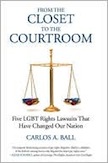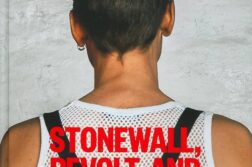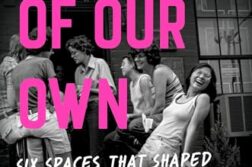 From the Closet to the Courtroom: Five LGBT Rights Lawsuits that Have Changed Our Nation
From the Closet to the Courtroom: Five LGBT Rights Lawsuits that Have Changed Our Nation
by Carlos A. Ball
Beacon Press. 296 pages, $27.95
JAMIE NABOZNY, a Wisconsin teen who endured years of bullying, demanded restitution from the school officials who had done nothing to protect him. Miguel Braschi, grieving after the death of his partner, insisted that New York’s top court recognize their relationship as a family. Angela Romero wanted a safe workplace; Ninia Baehr and Genora Dancel wanted to get married; Tyron Garner and John Lawrence just wanted to be left alone. In From the Closet to the Courtroom, Carlos Ball personalizes the history of the GLBT legal rights movement of the last thirty years by providing a lively narrative account of five extraordinary court cases and the ordinary people behind them.






